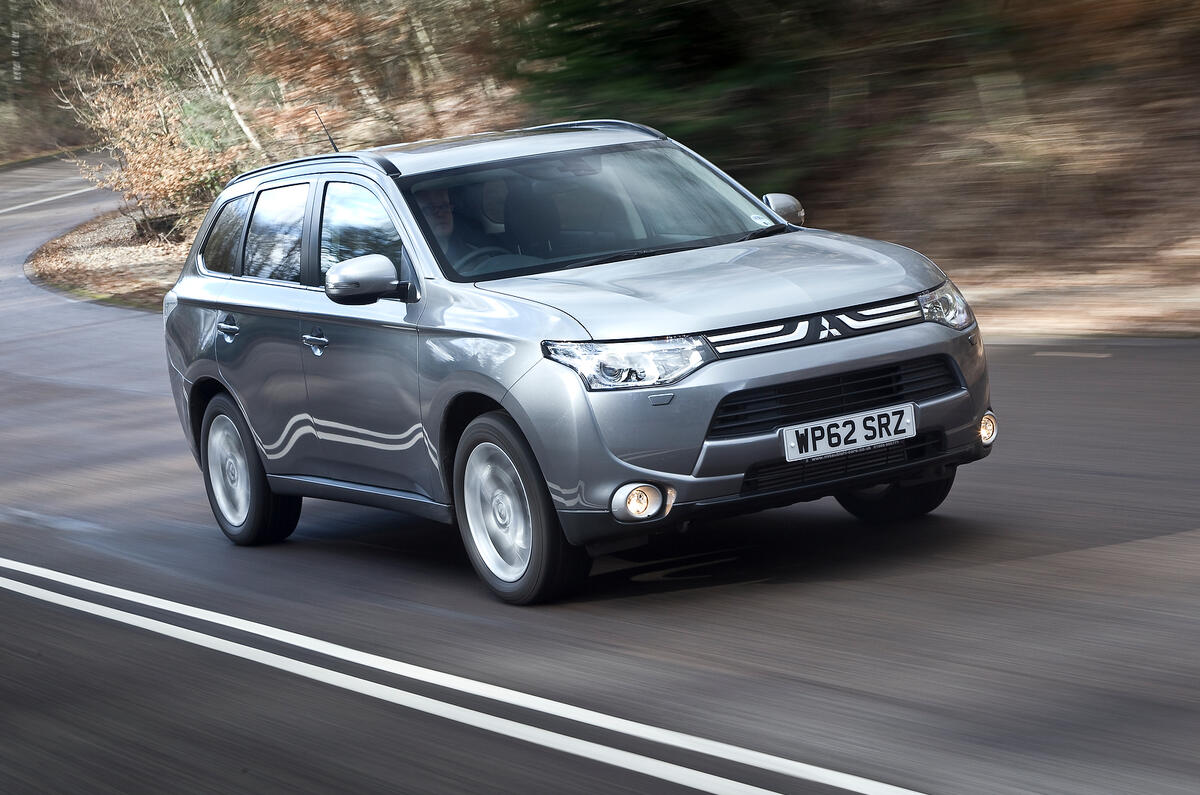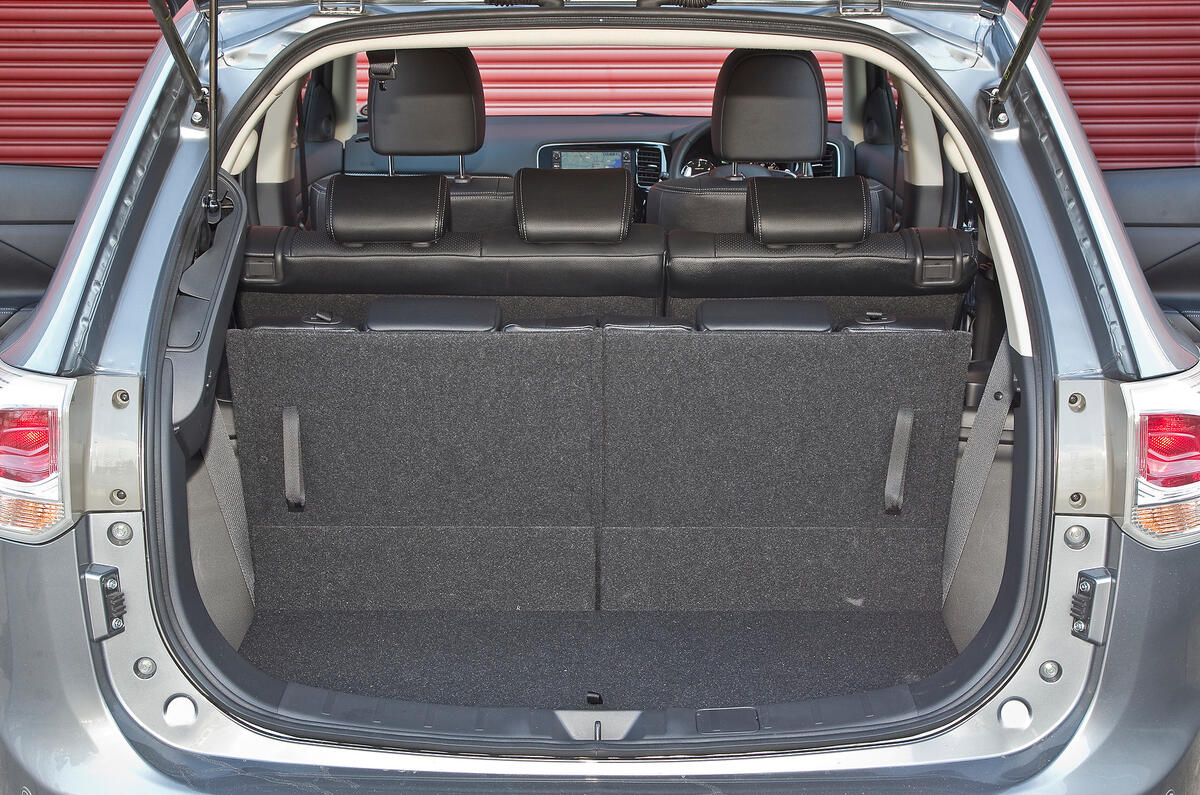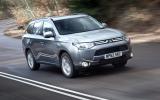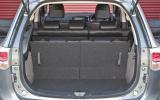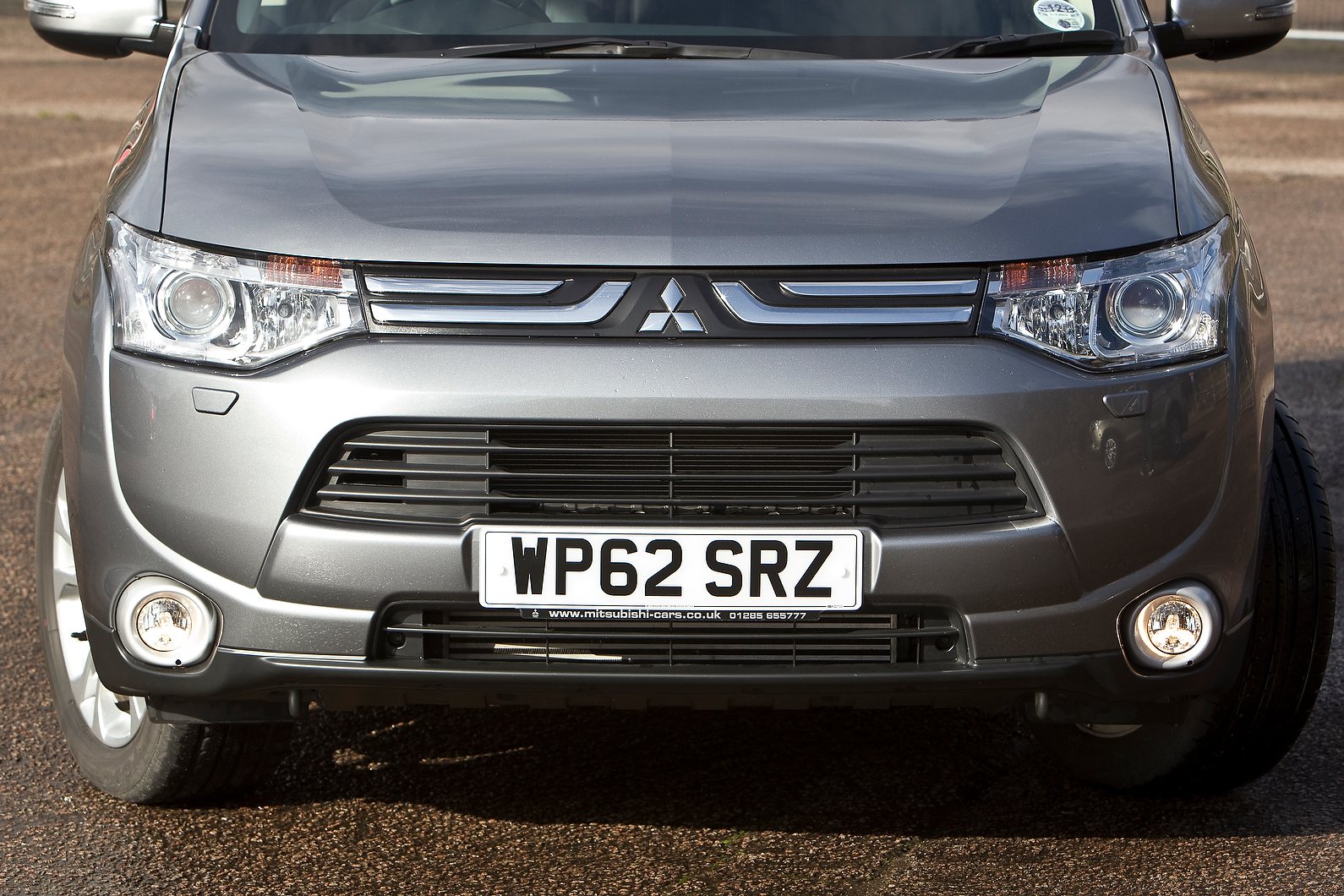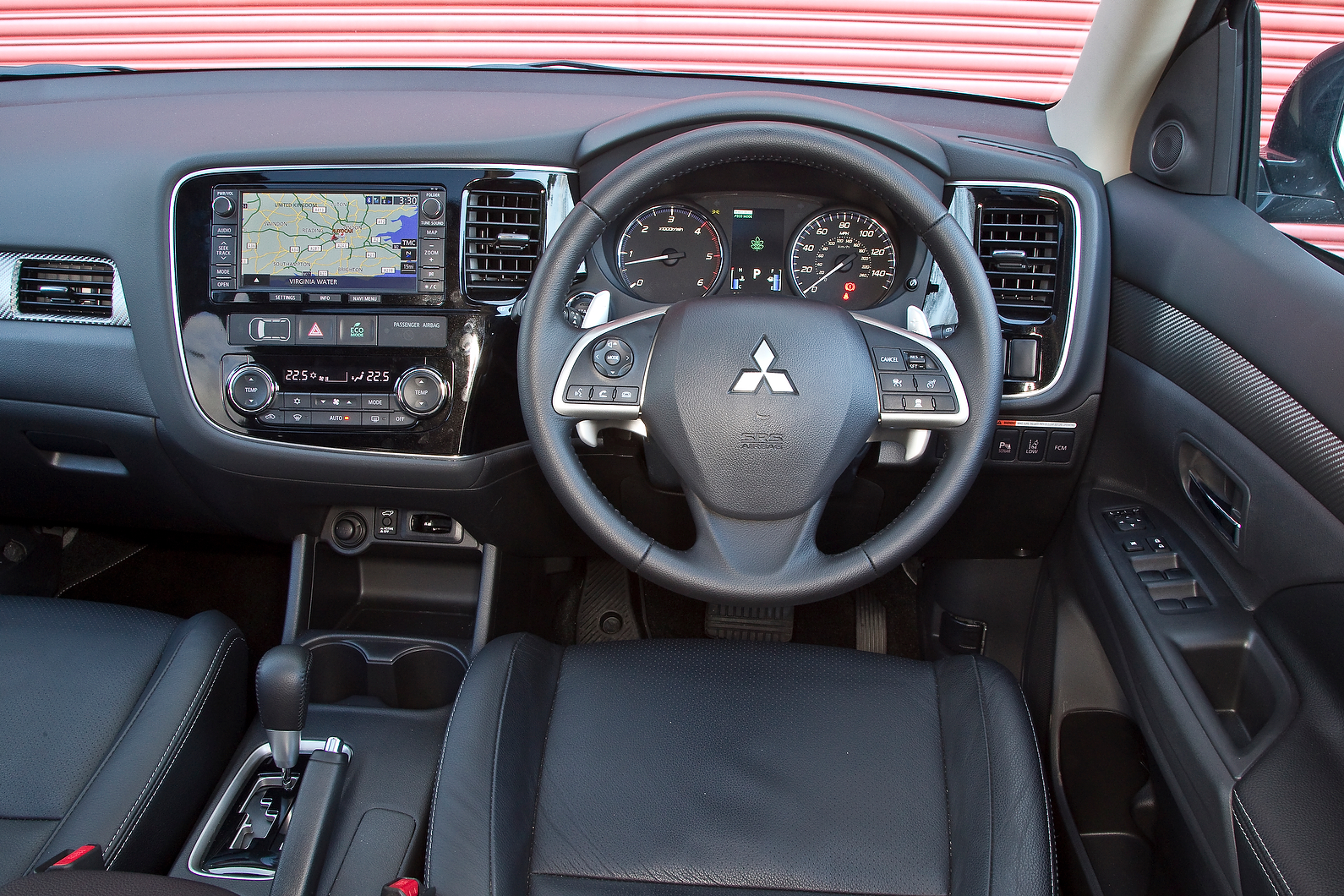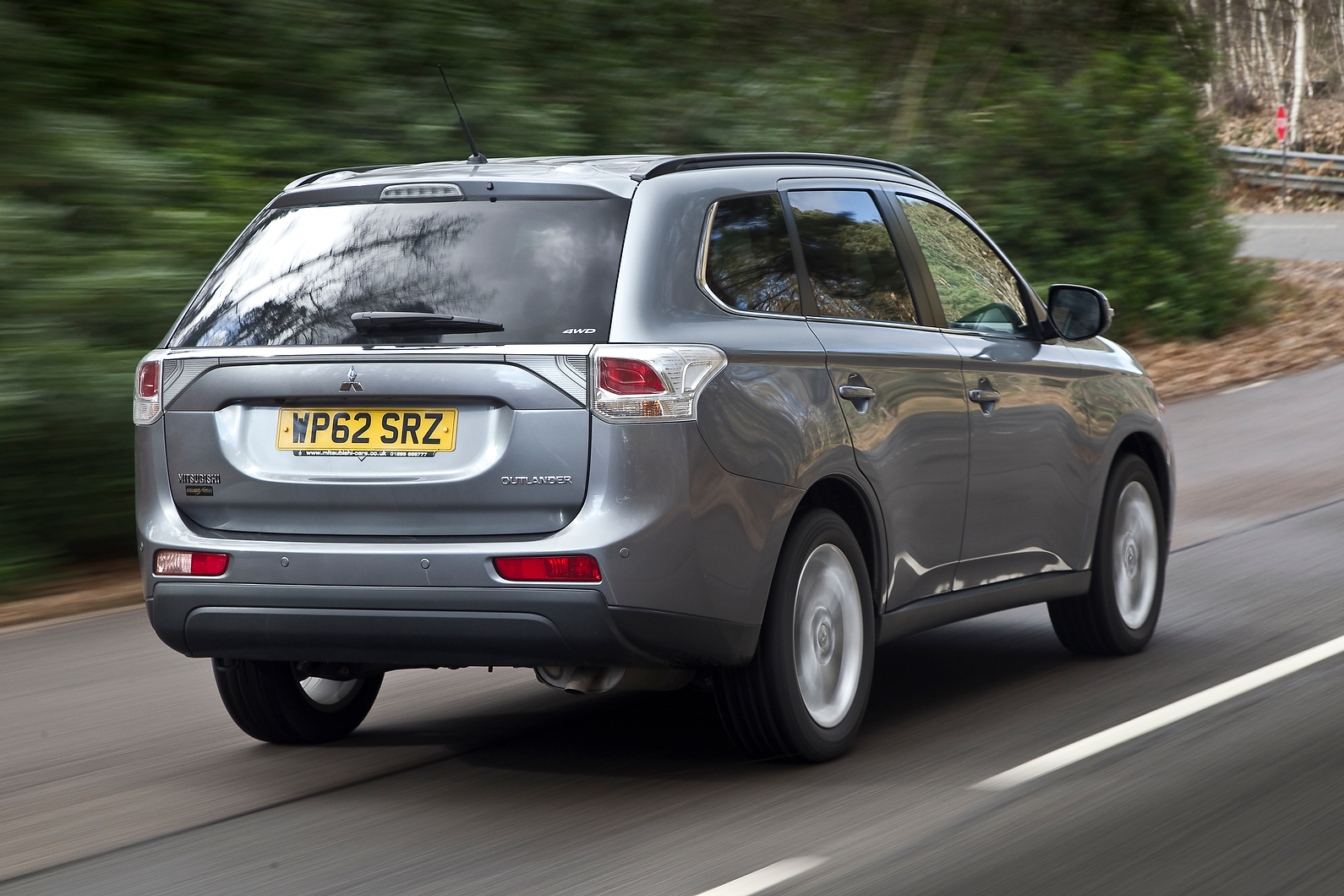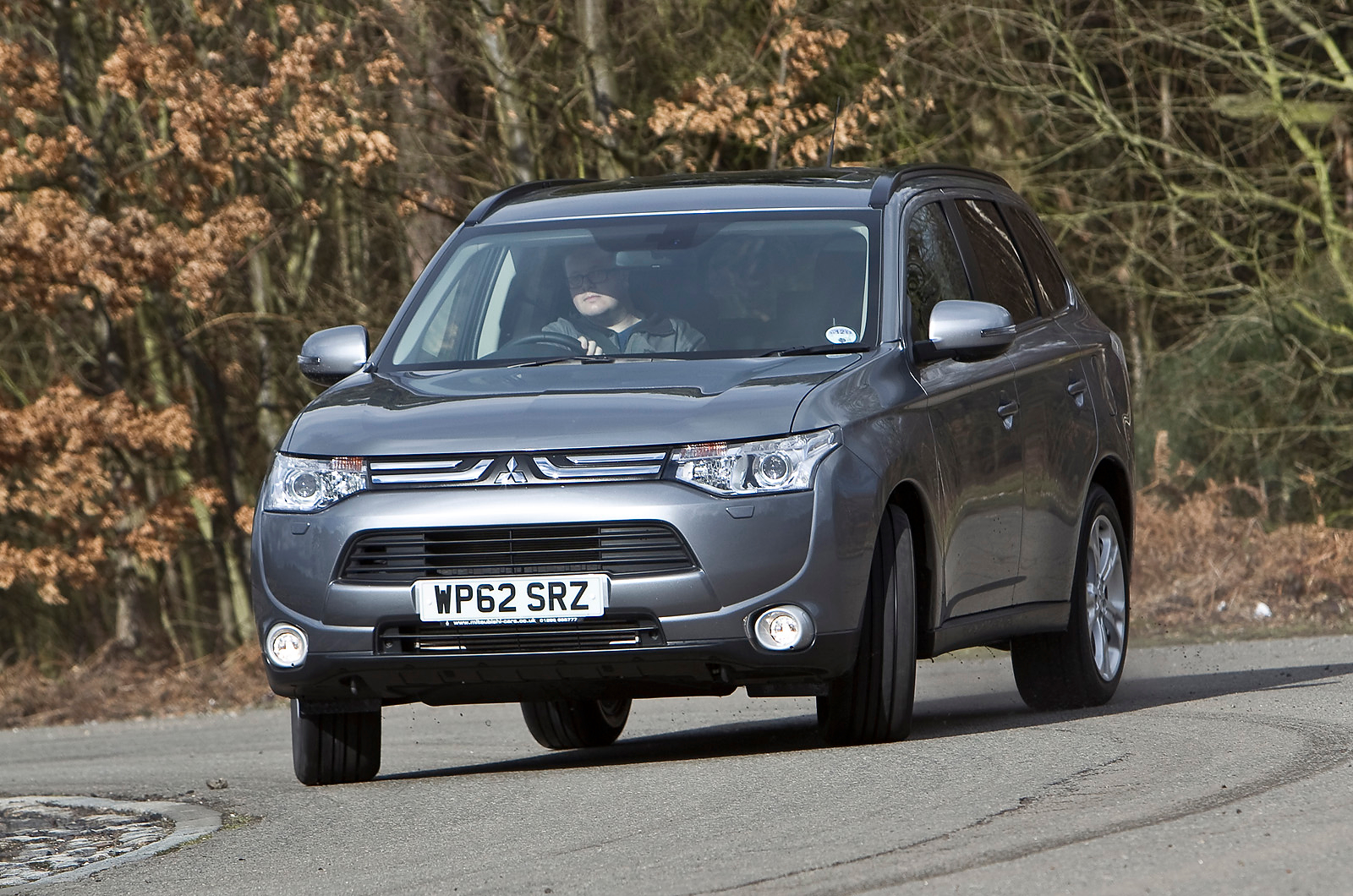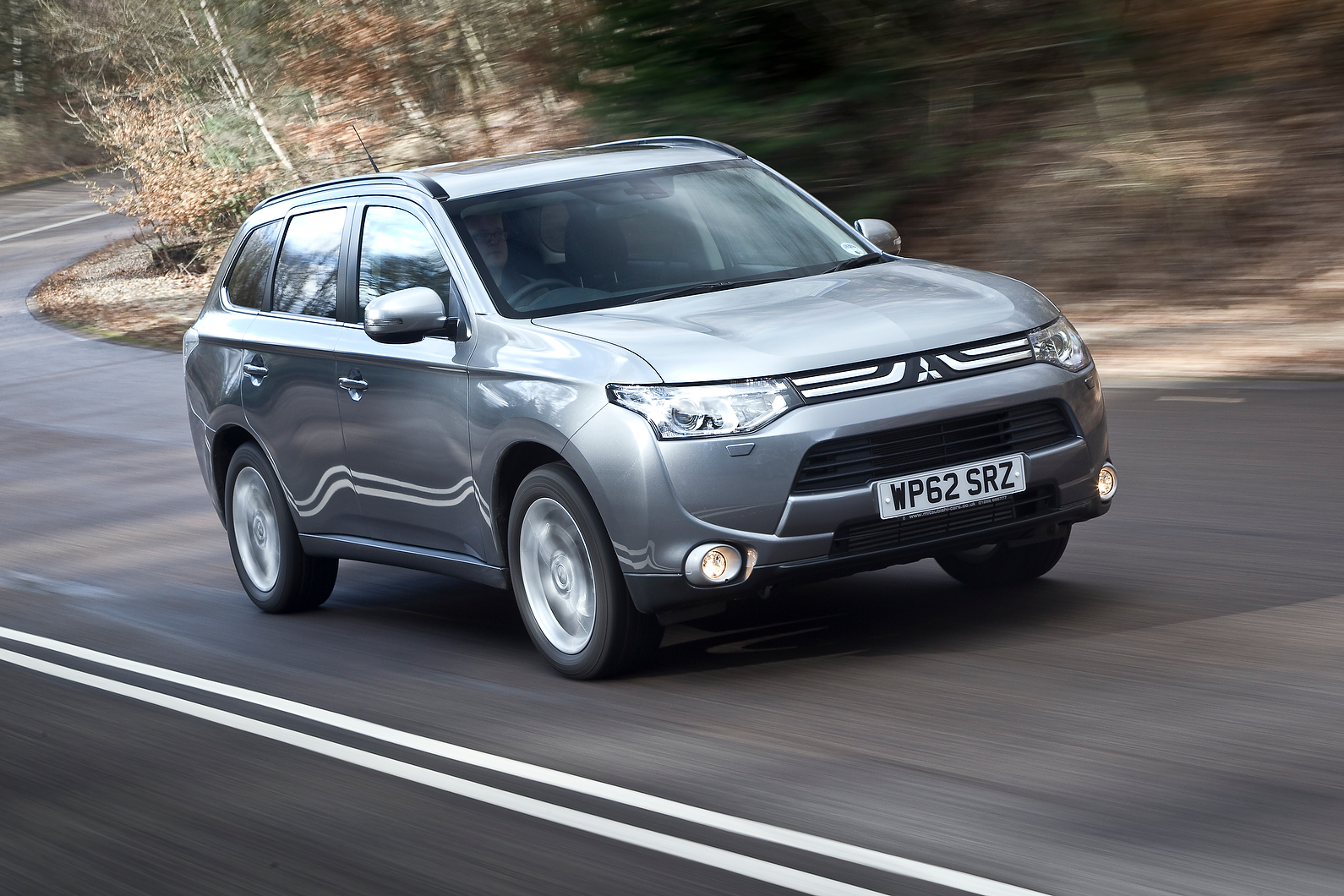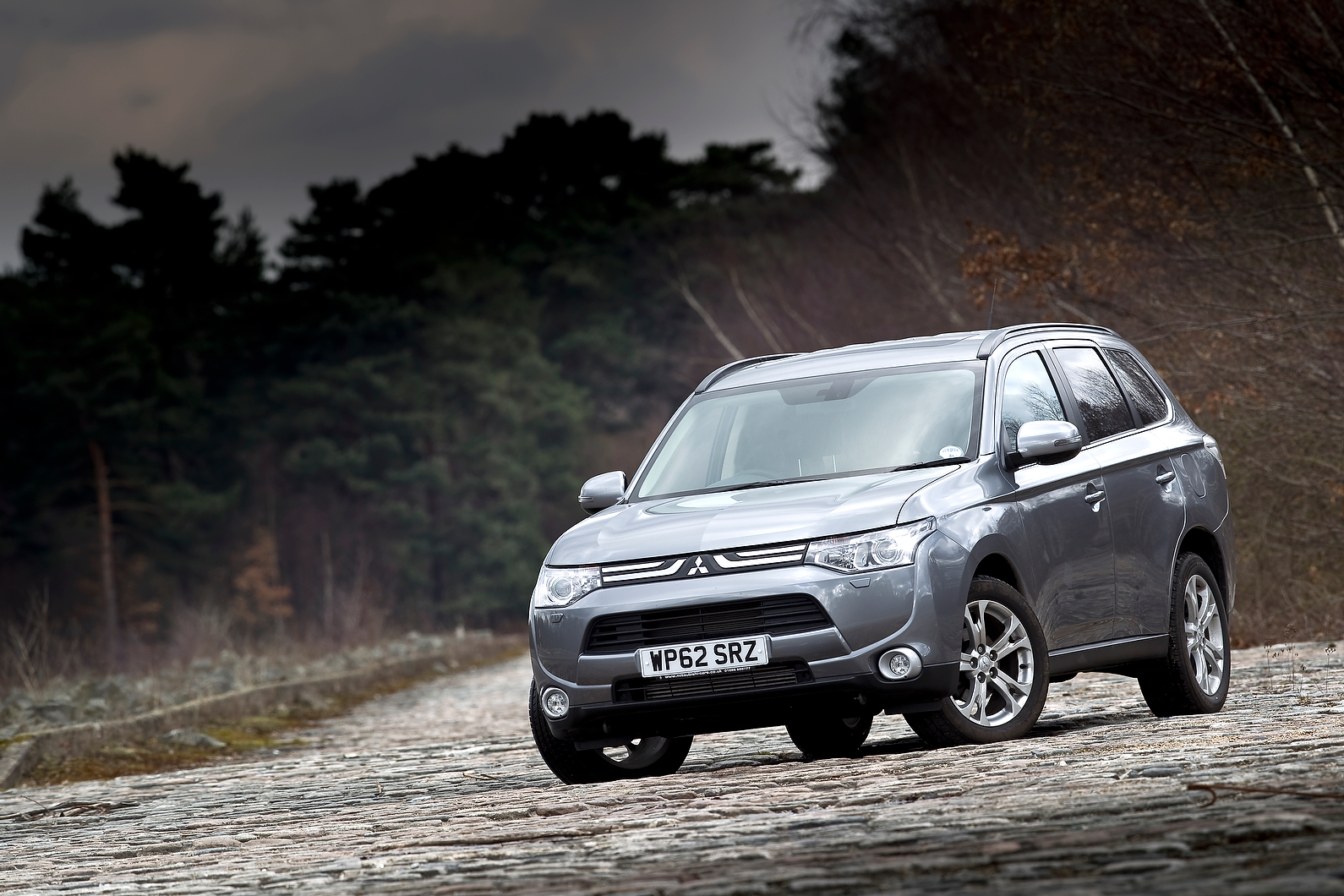Mitsubishi means different things to different people. For one group, it means the competition-bred Lancer Evolution.
For another, it stands for utilitarian off-roaders. There was also, until earlier this century, a range of ‘Space’ cars – Wagon, Star and Runner – offering various levels of above-average interior room.
And then there’s the Mitsubishi Outlander, in some ways a combination of all and none of the above, all at the same time.
Traditionally it has been underpinned by a Lancer's transmission, yet it is capable of towing and features seven seats.
It’s a compromise car and a jack of all trades, and if any car sums up the whole of what Mitsubishi is about, it is the Outlander.
And never more so than now. Mitsubishi is focusing in a big way on environmental responsibility, and there’s no car in its range that epitomises that more than this new SUV. It is lower-powered, lighter and cleaner than its predecessor.
So how well does all that affect its ability to cope with everything that life is likely to throw at it? Read on to find out.



